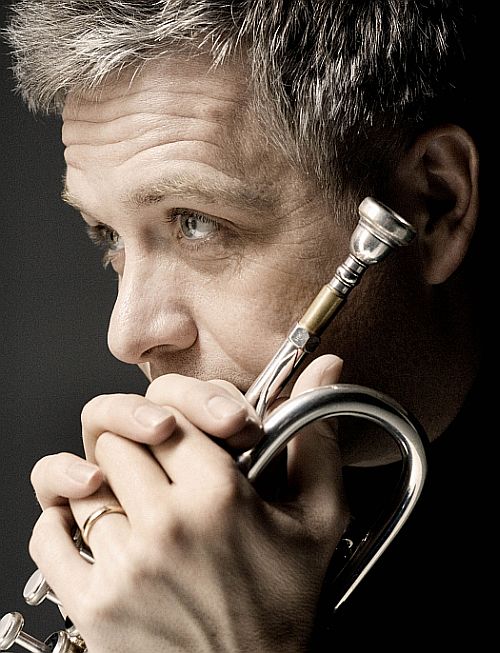 Switzerland Wagner, Haydn, Gruber and Tchaikovsky: City of Birmingham Symphony Orchestra, Andris Nelsons (conductor), Håkan Hardenberger (trumpet) Zurich, Tonhalle, 4.10.2011 (JR)
Switzerland Wagner, Haydn, Gruber and Tchaikovsky: City of Birmingham Symphony Orchestra, Andris Nelsons (conductor), Håkan Hardenberger (trumpet) Zurich, Tonhalle, 4.10.2011 (JR)
Wagner: Overture to „The Mastersingers of Nuremberg“
Haydn: Trumpet Concerto
Gruber: 3 MOB-Pieces
Tchaikovsky: Symphony No. 4

Whilst Andris Nelson has been a welcome and enthusiastically received guest conductor with the Tonhalle Orchestra of late, this was an opportunity for him to demonstrate to a Zurich audience what he could achieve with his own orchestra, the City of Birmingham Symphony. The CBSO’s current European tour also takes in Turin and Toulouse.
The Mastersingers overture was much more than a warm up: Nelsons now has Bayreuth experience (Lohengrin) and a clear and firm grip on Wagner. The Overture was beefy and grandiose, with Nelsons allowing the superimposing layers of melody to soar. Perhaps it was a mite rushed and over-exuberant at times, but this was a young man’s Wagner.
One wonders how often Håkan Hardenberger must play the Haydn Trumpet Concerto; whilst one was stunned by his virtuosity, and especially by his finger acrobatics in the first and the final movement, it did all sound rather routine.
Hardenberger seemed more relaxed in H.K. Gruber’s 3 MOB-pieces, using three different trumpets. In 1966, Viennese-born Heinz Karl Gruber founded a “MOB art & tone ART” Forum to explore new types of modern music, to break away from the atonal post-Second Viennese School of Schoenberg, Berg and Webern. He wanted to find ways to cross over into more popular music and composed these tonal pieces with a jazzy twist, the influences of Gershwin, Bernstein, Milhaud and Jacques Loussier being unmistakable. Gruber wanted to re-introduce melody, rhythm and harmony into contemporary works. There were, however, to my ear insufficient melodies for any part of the work to remain in my memory, it was all rather too easy listening, and by then, I had heard rather too much solo trumpet, however impeccably played. Nelsons started as a trumpeter with the Latvian State Orchestra and therefore has an understandable penchant for the instrument.
Finally, Tchaikovsky’s Fourth Symphony gave orchestra and conductor the chance to prove their mettle, which they did with consummate ease and distinction. Nelsons and the CBSO are currently recording all the orchestral works of Tchaikovsky (and Richard Strauss) for Orfeo.
The brass section impressed right from the start, and Nelsons whipped up quite a frenzy whenever required. The Tonhalle is not as large as Symphony Hall in Birmingham, though, and at times the orchestra was simply too loud, the textures and detail became inaudible. Very occasionally one also felt there was a lack of hard Russian bite.In the Andantino the strings were rich and luxuriant. Although invidious to select individual players from what was an excellent team effort, I was especially impressed by the bassoon playing of principal Gretha Tuls. The pizzicato Scherzo was finger-perfect, executed with ease, and with some suitable raw edges from the woodwind.
And then the thunder and lightning of the frenzied Finale, allegro con fuoco woke everyone from their semi-slumber and brought us to the edge of our seat. Nelsons seemed imperceptibly to have swapped his podium for a miniature trampoline and frequently leapt into air, arms flailing, to turn up the volume yet again and bring the work to its exciting close. The audience whooped with delight: Birmingham’s commitment and quality had impressed.
John Rhodes